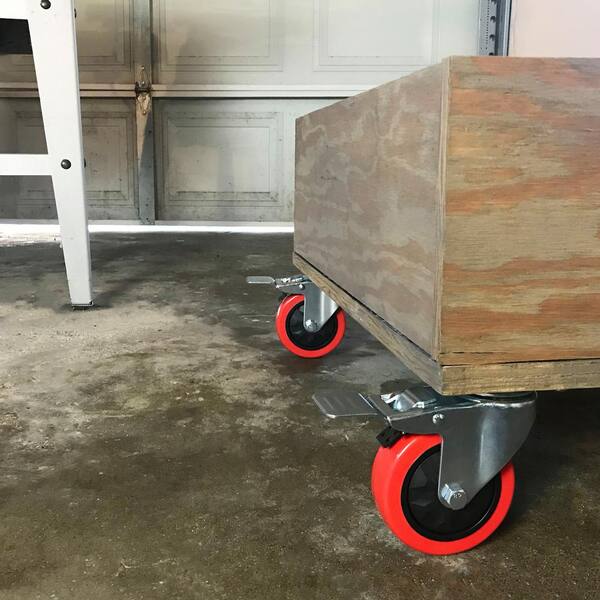
Navigating Efficiency: The Dynamics of Stem Casters Unveiled
- Bearing Care, Caster Durability, caster installation guide, Caster Lubrication, Caster Maintenance, Caster Replacement Strategy, Caster ROI, Caster Selection, Caster Technology, Caster Training, Corrosion Resistant, Cost-Benefit Analysis, Debris Removal, Dual Function, Equipment Lifespan, Equipment Longevity, Floor Protection, Floor Transition, Healthcare Ergonomics, Heavy Equipment Maintenance, HOLKIE, Industrial Casters, Industrial Ergonomics, Industrial Maintenance, Industrial Mobility, Lifecycle Cost Analysis, Load Capacity, Maintenance Reduction, Medical Equipment TCO, Noise Reduction, Patient Safety, Preventative Maintenance, Shock Absorption, Space Optimization, Specialized Mobility, Stability, Technical Guide, troubleshooting, Warehouse Equipment, Wheel Materials, Workplace Safety
- 15 Jan, 2024
In the realm of mobility solutions, stem casters emerge as a unique and efficient option, providing seamless movement for a variety of applications. Stem casters, characterized by their stem (vertical shaft) attachment, offer distinct advantages in design and functionality, making them a preferred choice in many industries.
Understanding Stem Casters:
The Stem Advantage:
Unlike plate casters, stem casters feature a vertical shaft or stem as the mounting mechanism. This design offers a streamlined and space-saving solution, allowing for easy integration into furniture, equipment, and other objects.
Versatility in Mounting:
The stem design of these casters facilitates a hassle-free installation process. The stem can be inserted into a pre-drilled hole or socket, providing a secure and stable attachment. This versatility in mounting options makes stem casters adaptable to a wide range of applications.
Applications of Stem Casters:
Furniture and Fixtures:
Stem casters are frequently employed in the furniture industry, offering enhanced maneuverability for chairs, tables, and cabinets. The vertical stem design allows for discreet integration, maintaining a clean and unobtrusive aesthetic.
Medical and Laboratory Equipment:
In environments where precision and mobility are critical, such as medical facilities and laboratories, stem casters find a prominent place. Their smooth movement and ease of cleaning make them suitable for equipment like medical carts and laboratory racks.
Choosing the Right Stem Caster:
Stem Types and Configurations:
Stem casters come in various types and configurations, each catering to specific needs. Threaded stems, grip ring stems, and grip neck stems are among the common variations. Understanding the differences in stem types is crucial when selecting the right caster for a particular application.
Load Capacity and Wheel Options:
Similar to plate casters, the load capacity of stem casters is a crucial consideration. Additionally, the choice of wheel material and design influences the caster's performance. Whether it's soft rubber for smooth and quiet movement or hard wheels for heavy-duty applications, the right combination ensures optimal functionality.
Advantages of Stem Casters:
Space Efficiency:
The vertical stem design inherently contributes to space efficiency. In applications where the available space is limited, stem casters provide a compact and effective solution, allowing for more flexible layouts.
Easy Replacement:
Stem casters are often easier to replace than plate casters. The stem can be removed and inserted into a new location without the need for extensive adjustments, simplifying maintenance and replacements.
In conclusion, stem casters stand as a testament to the evolution of mobility solutions, offering efficiency and adaptability across various industries. The unique stem design, coupled with versatile mounting options, makes them a valuable choice for applications where space, precision, and ease of movement are paramount. By understanding the nuances of stem casters and making informed choices, users can unlock a world of efficiency in their dynamic environments.












